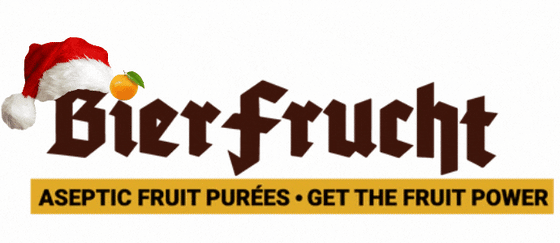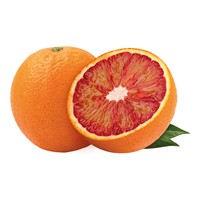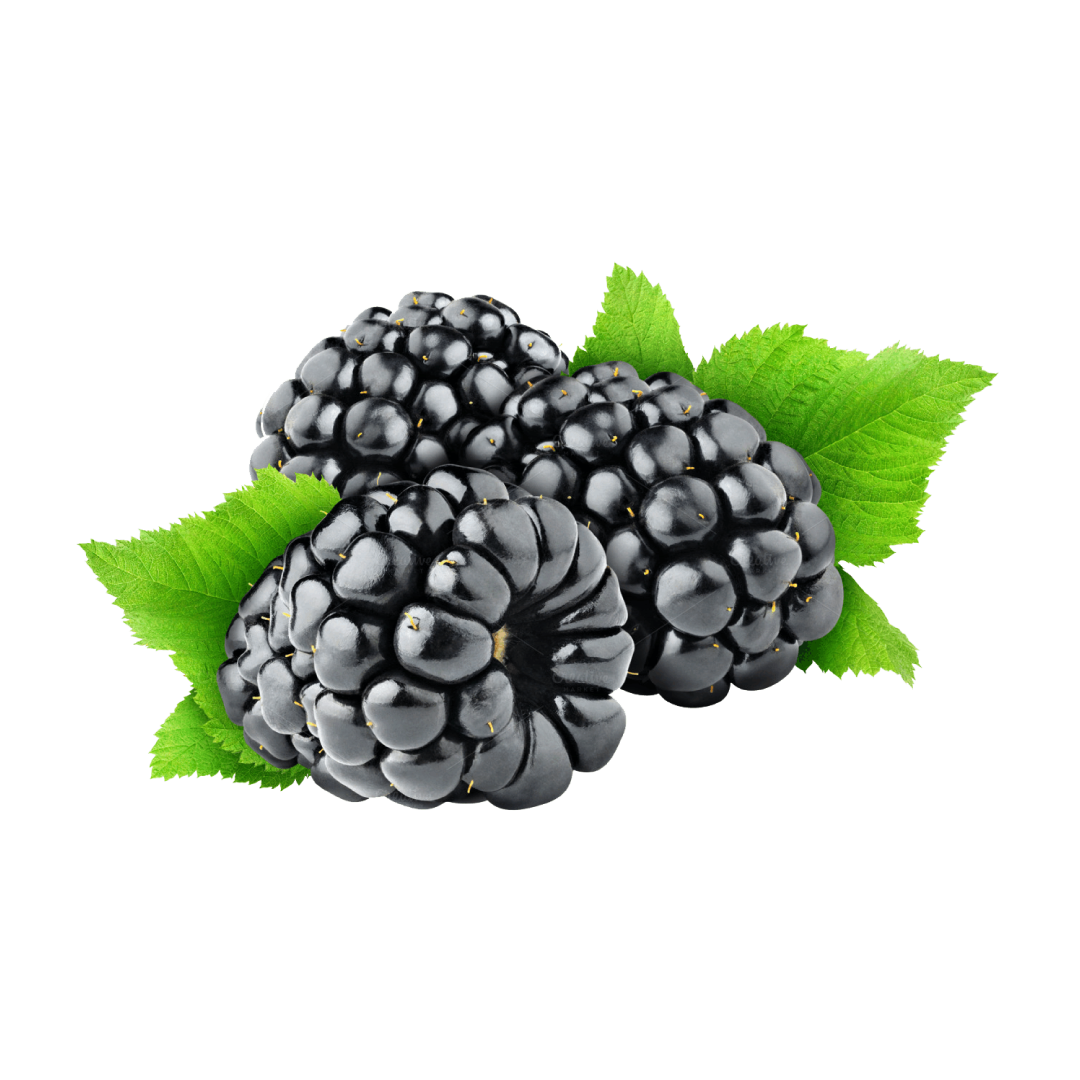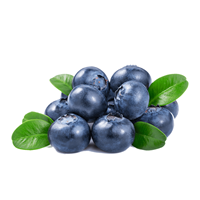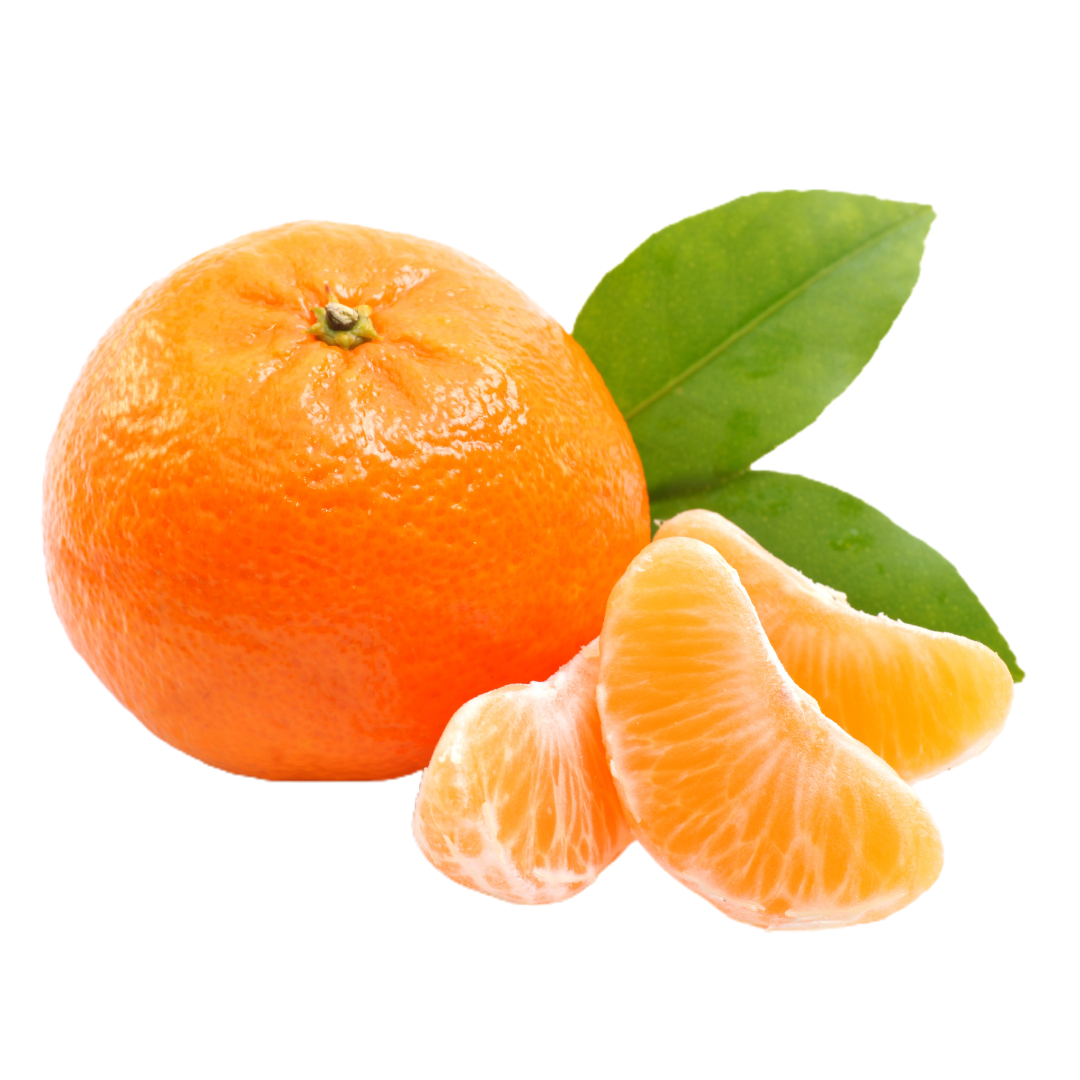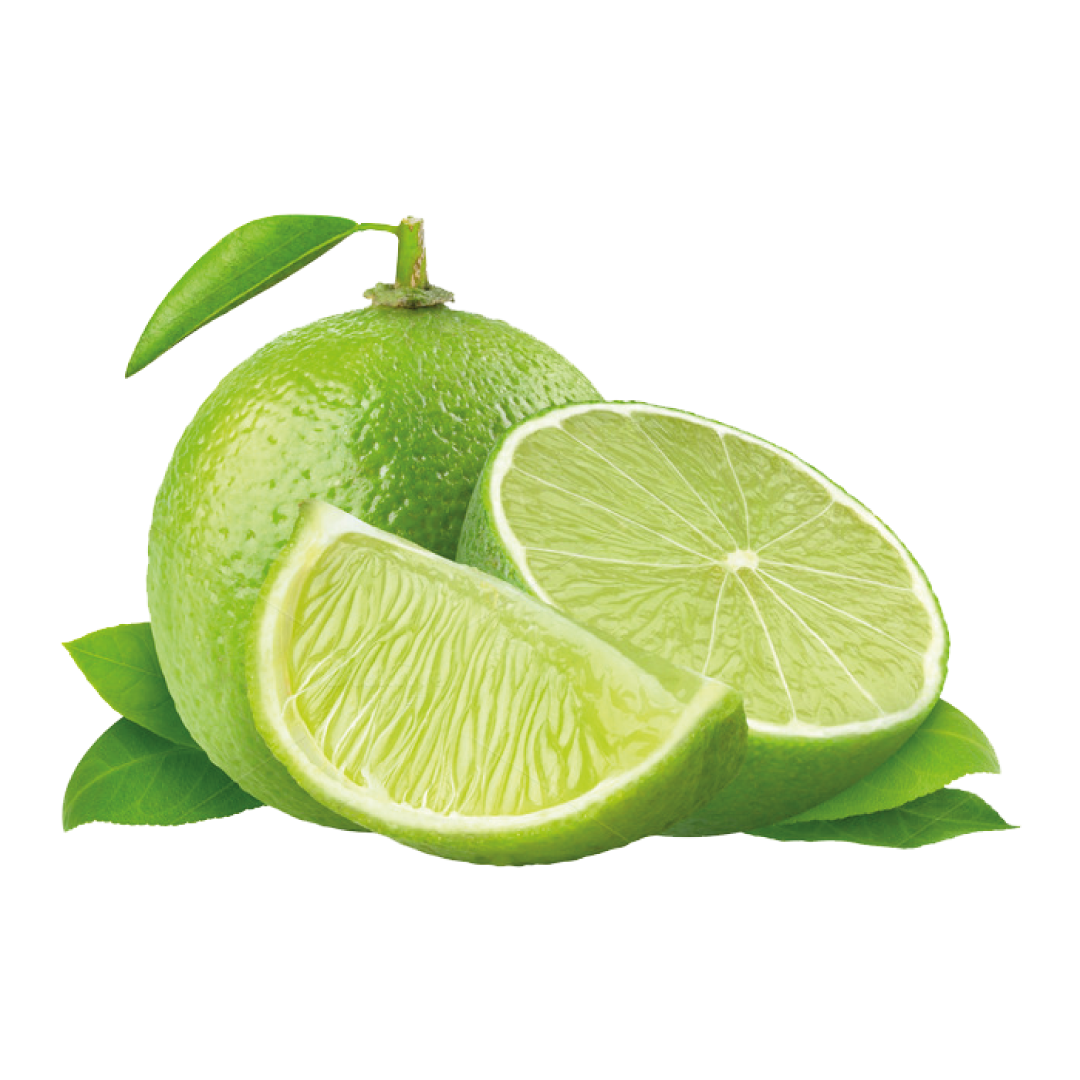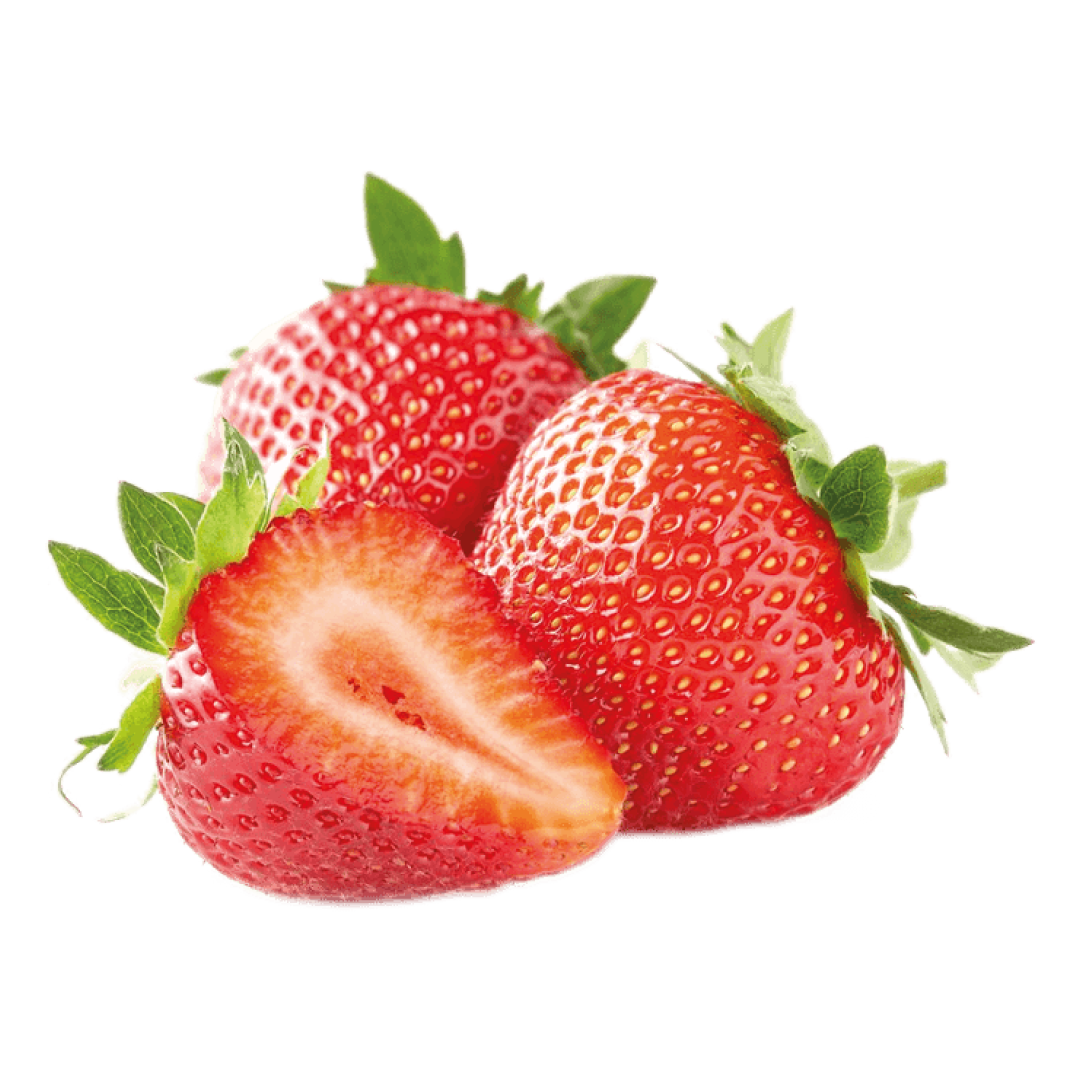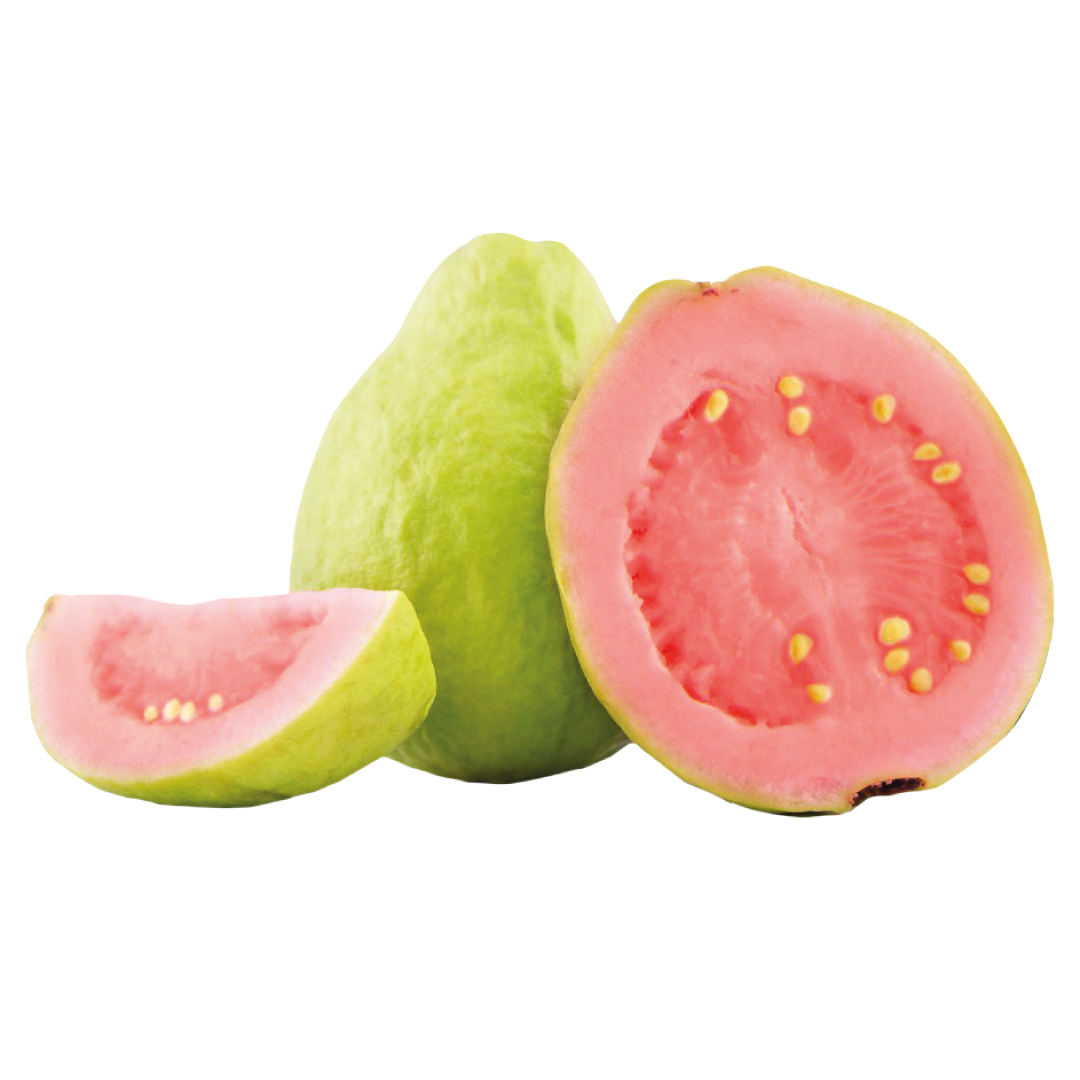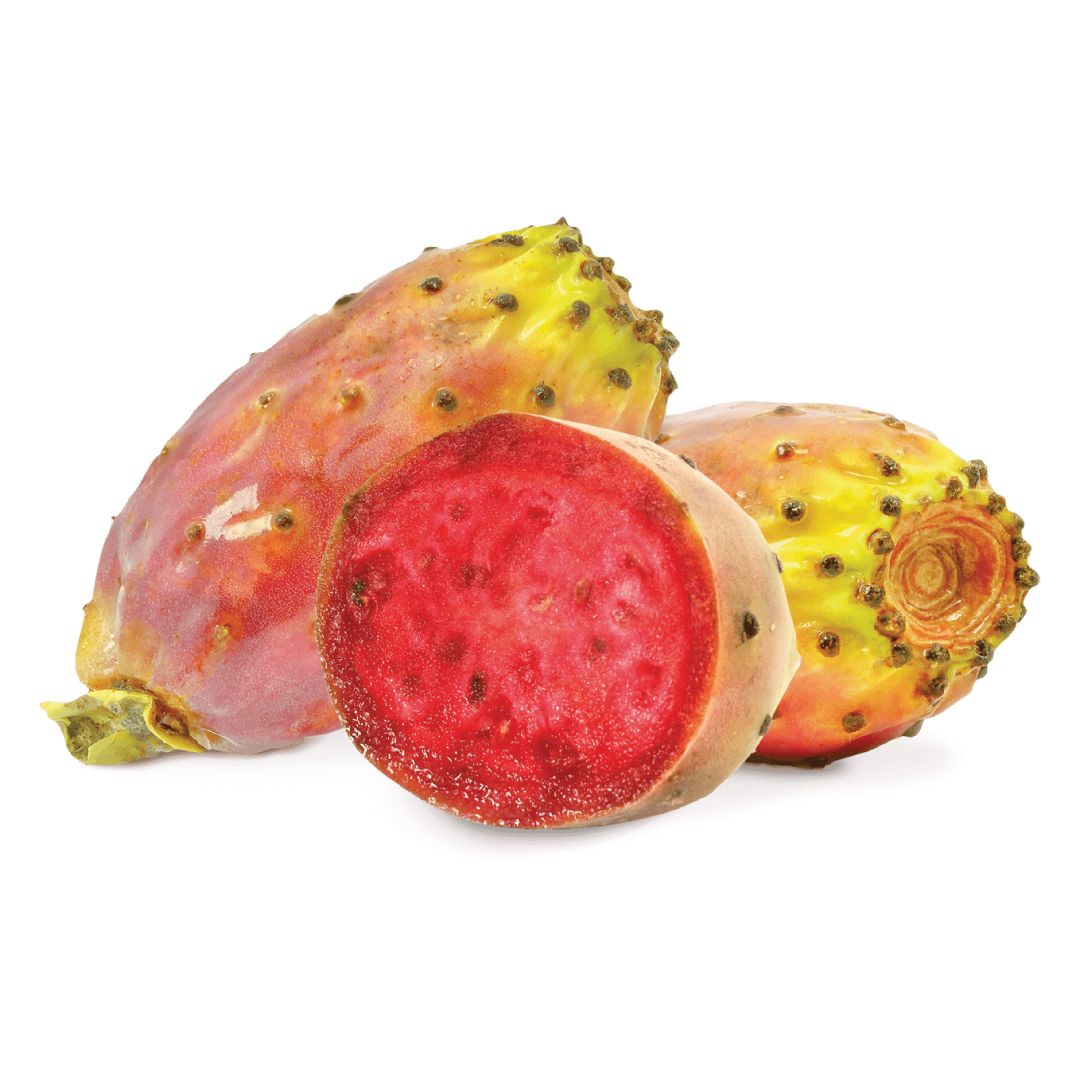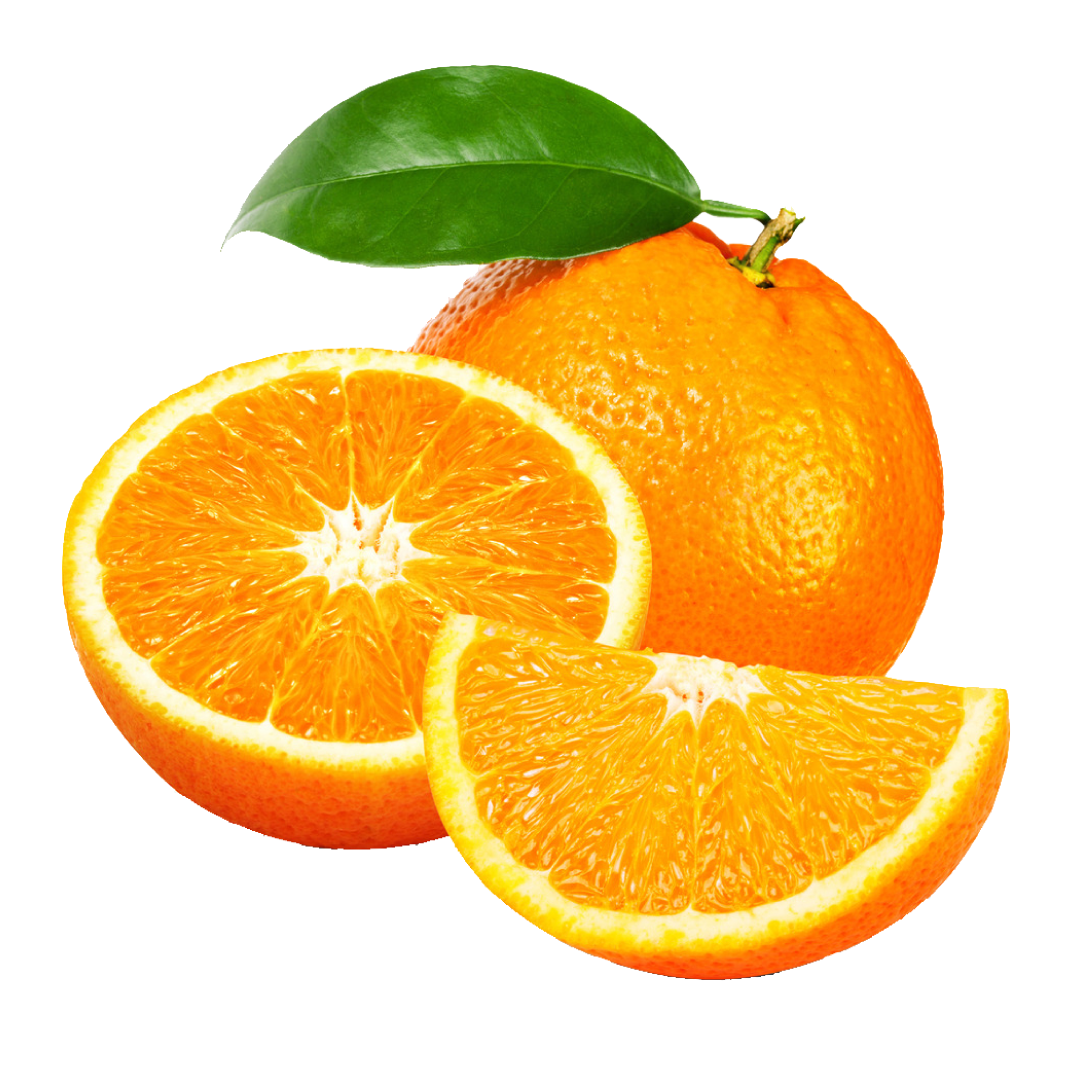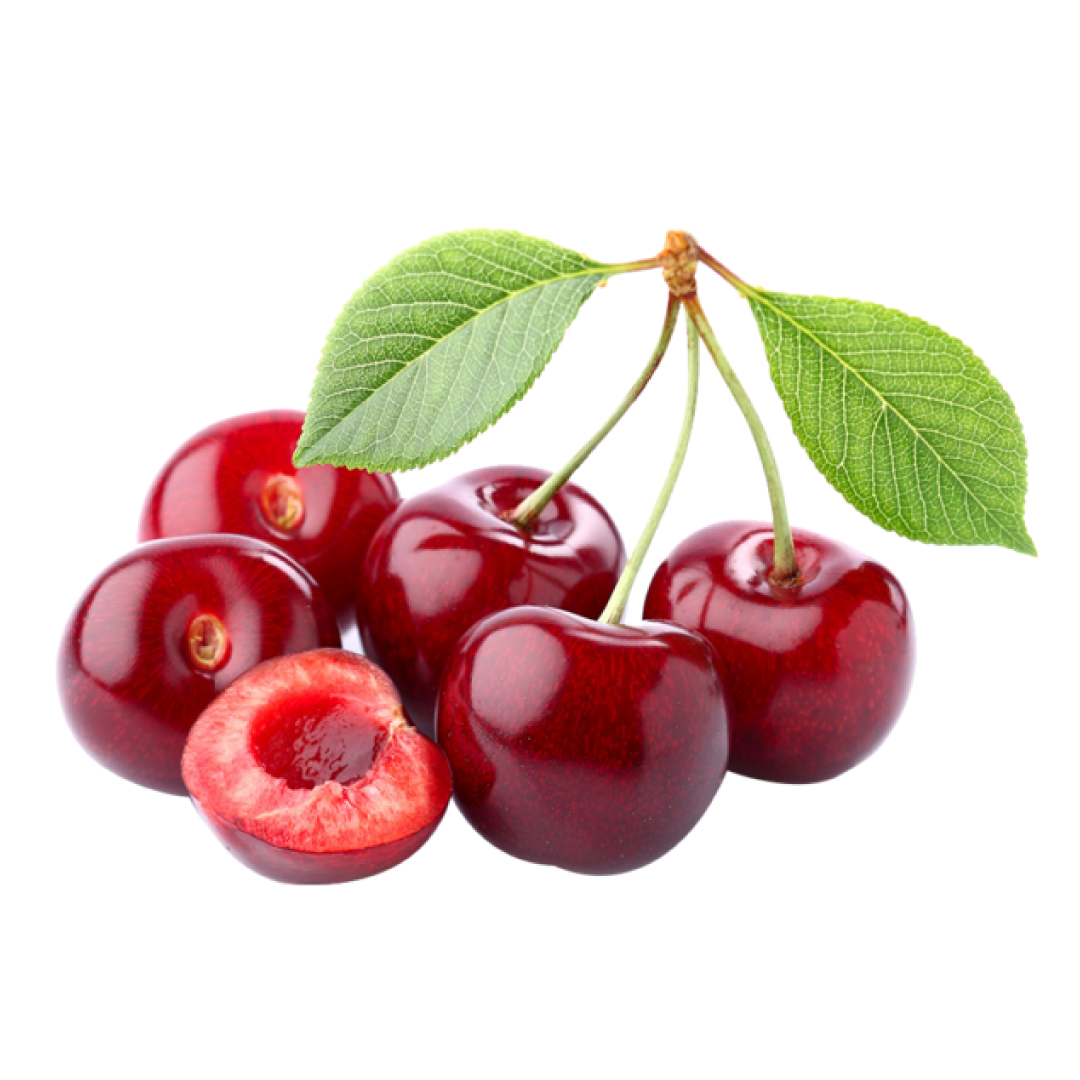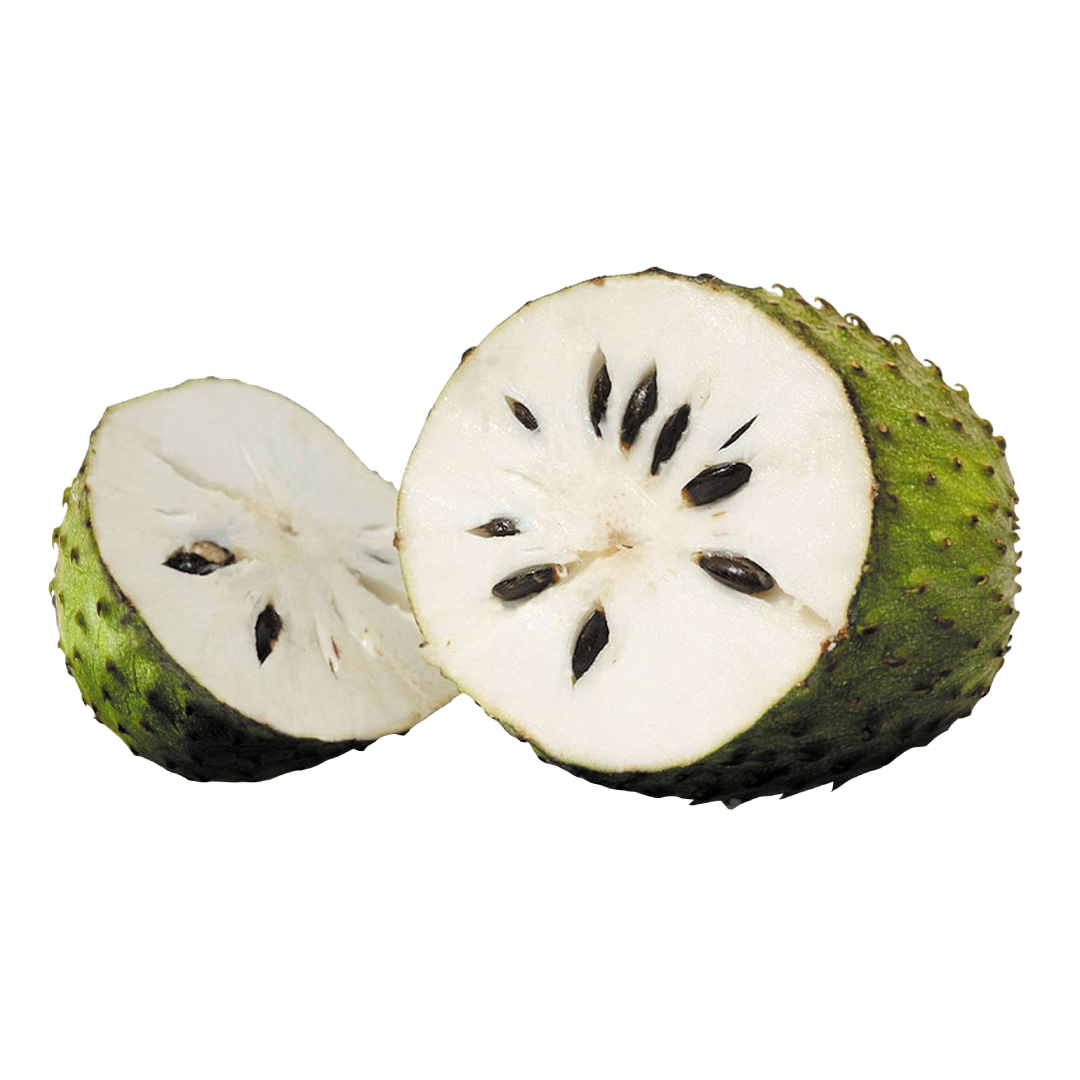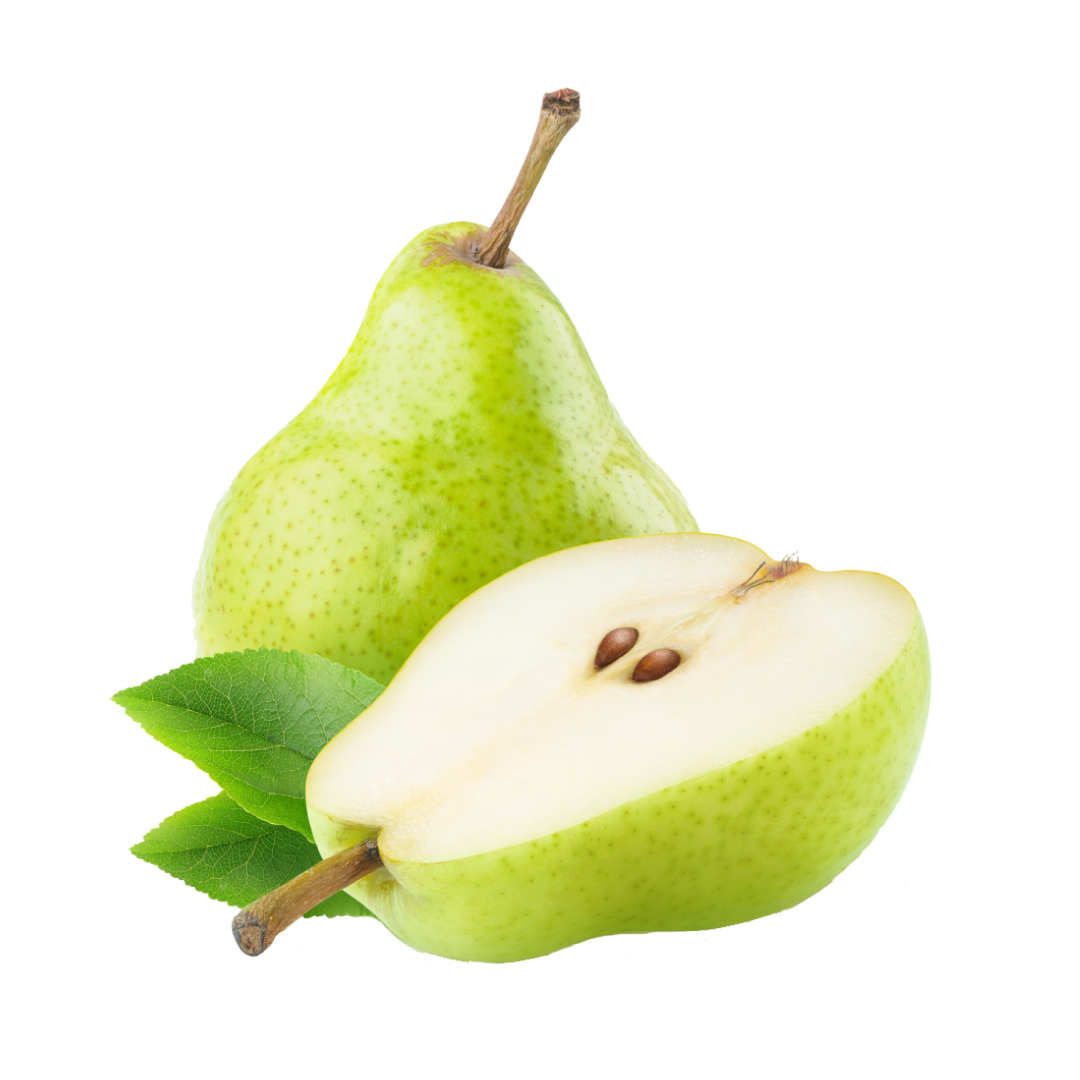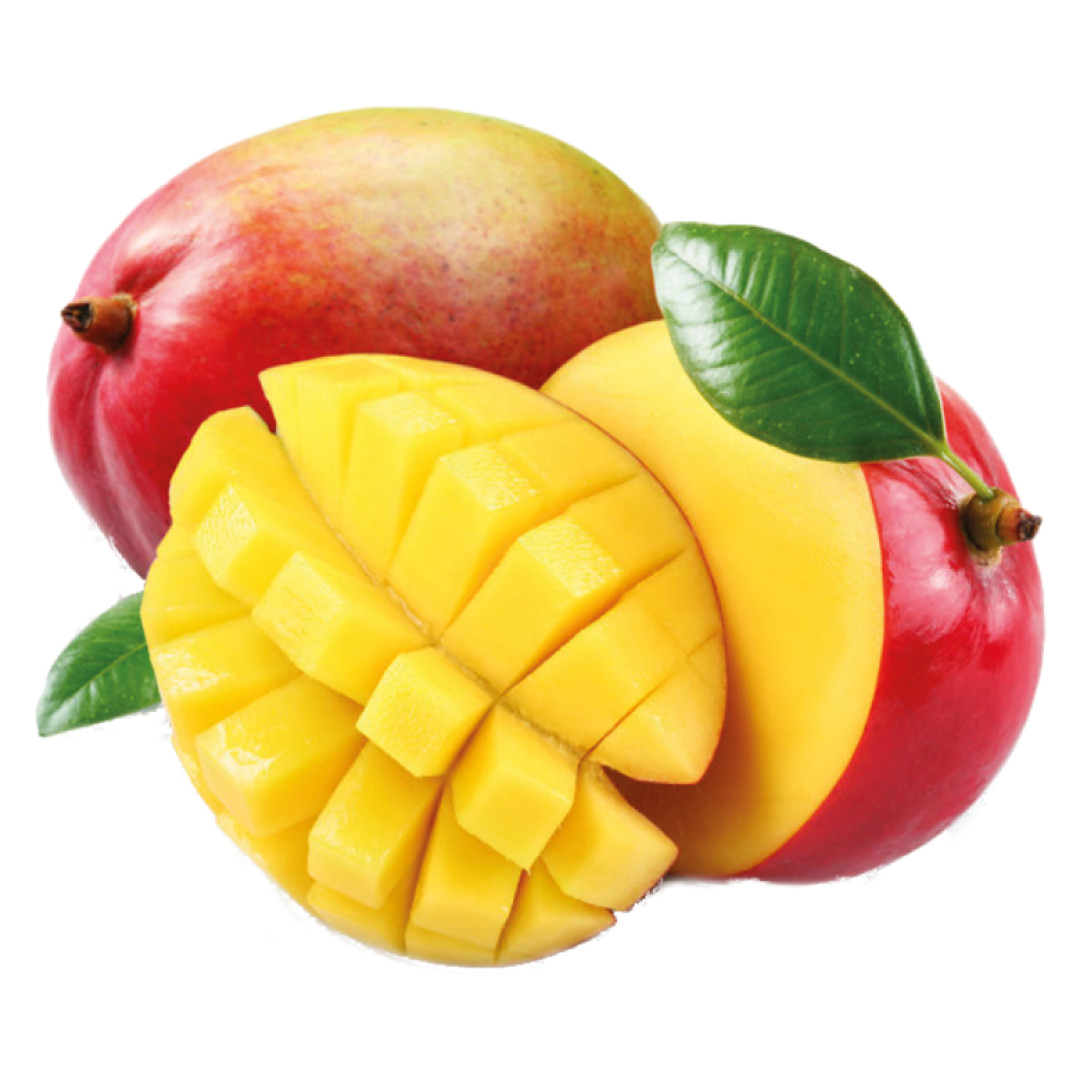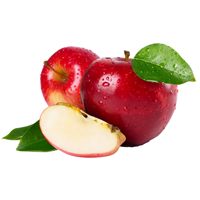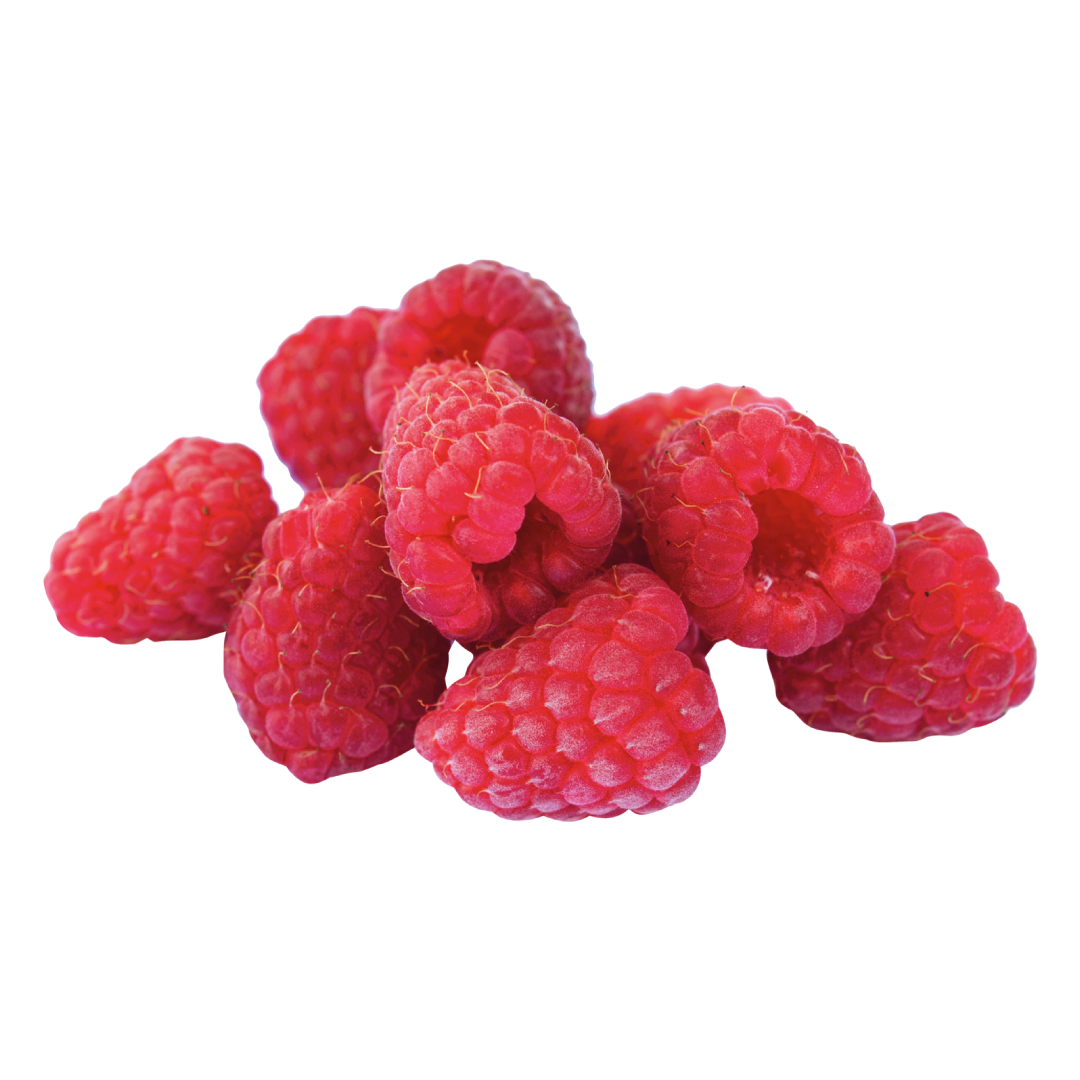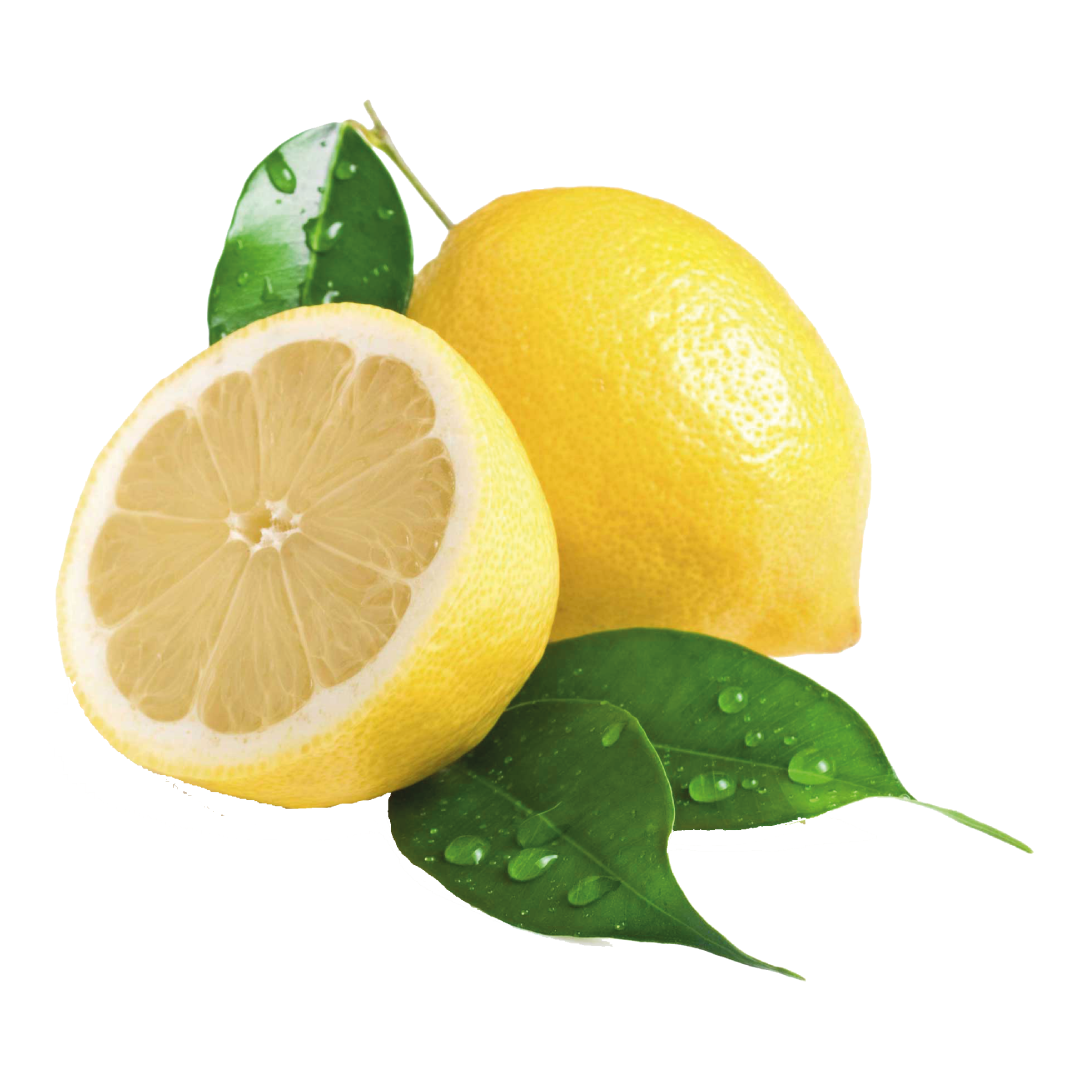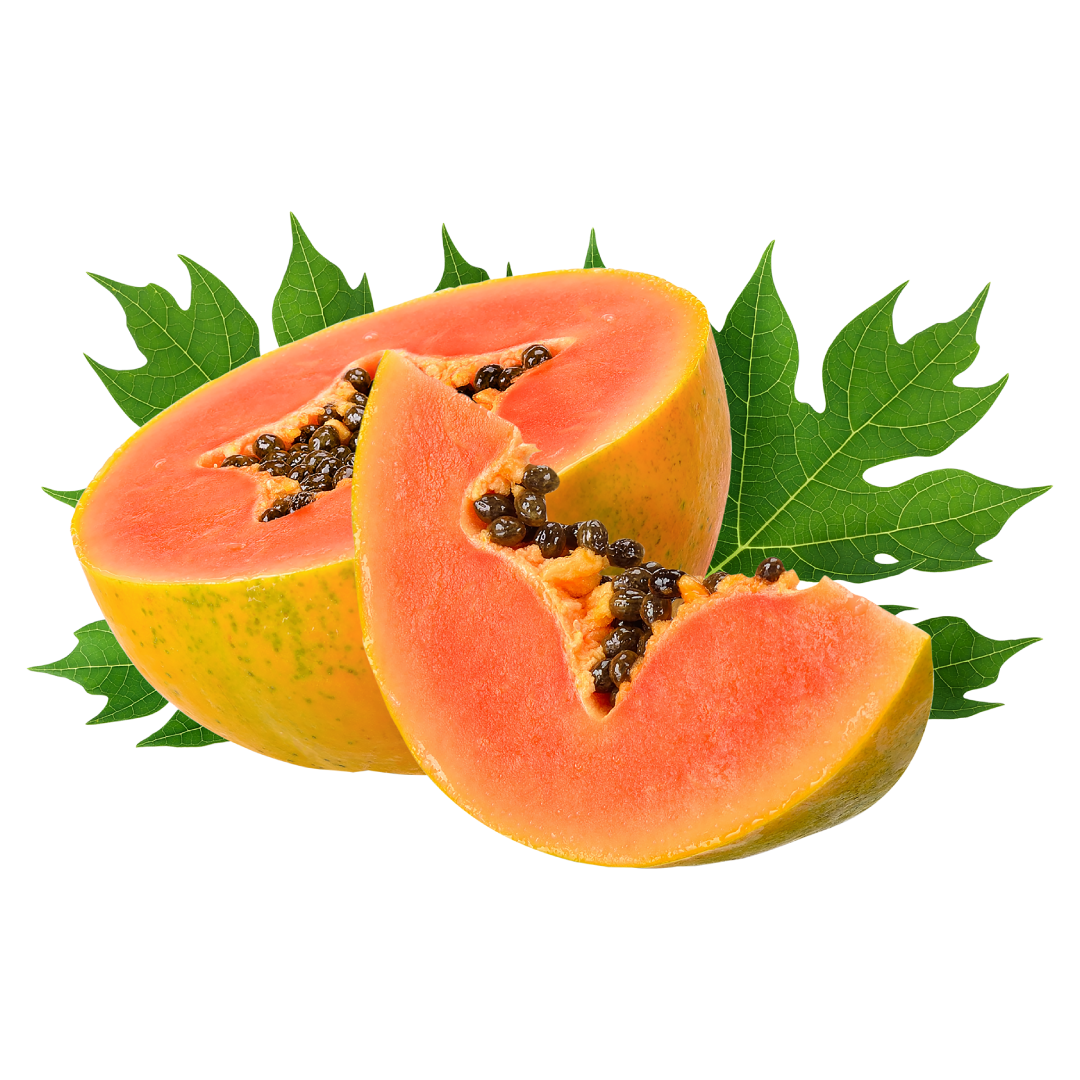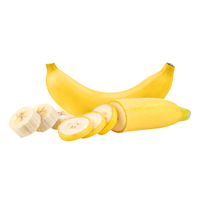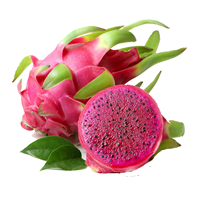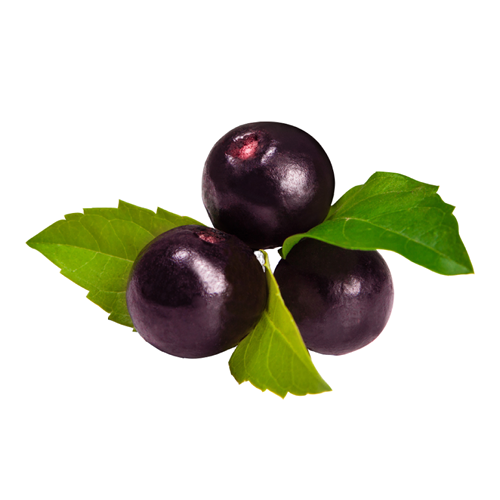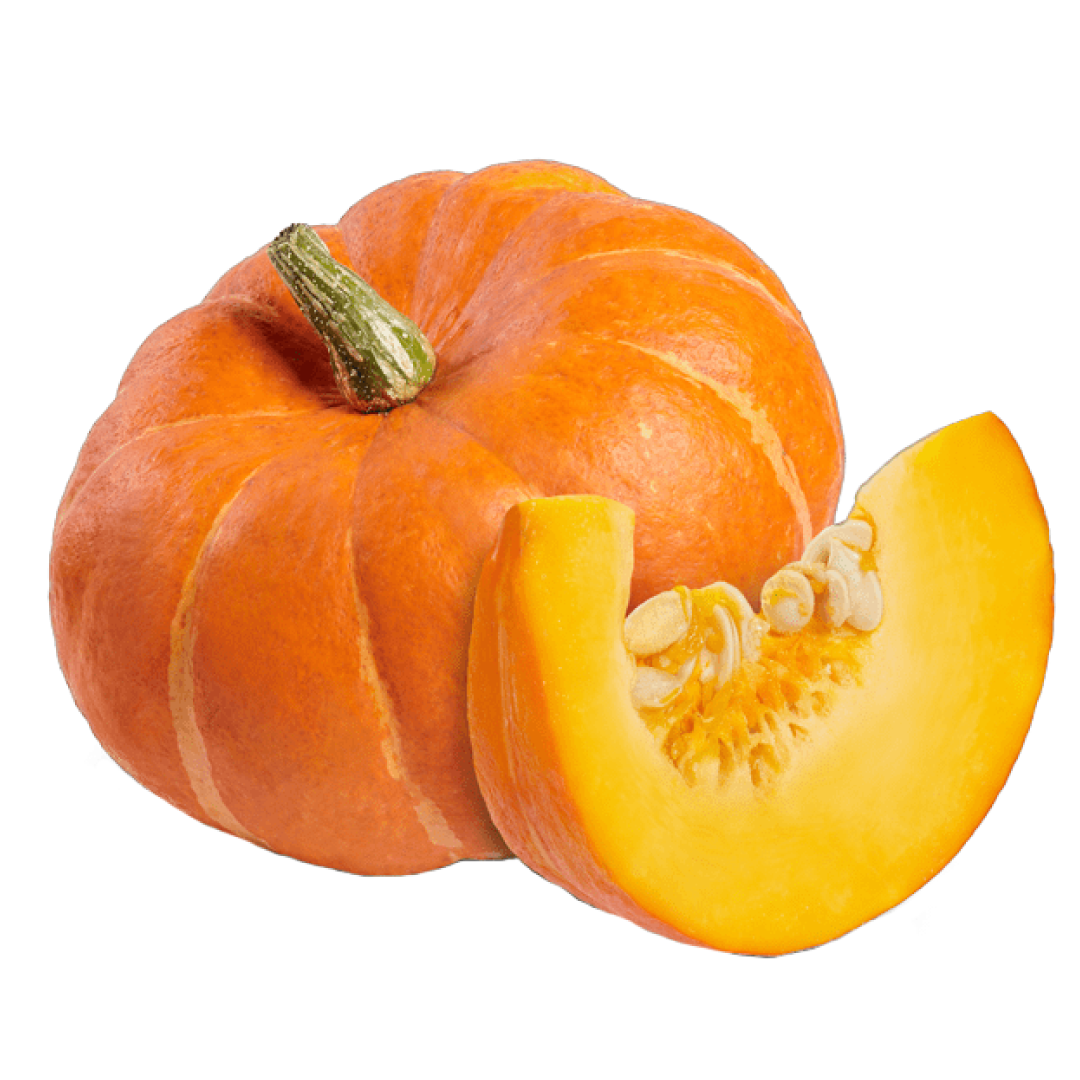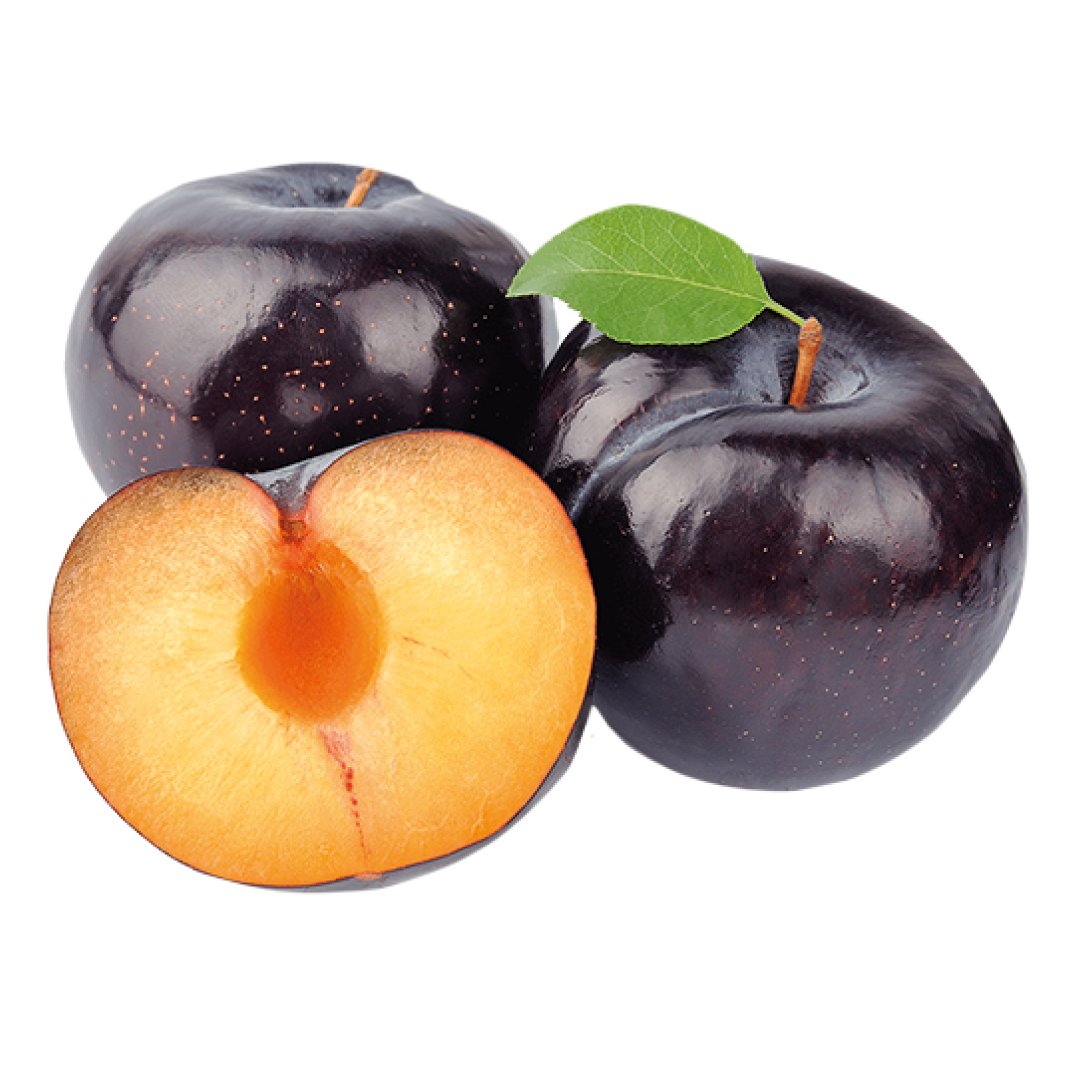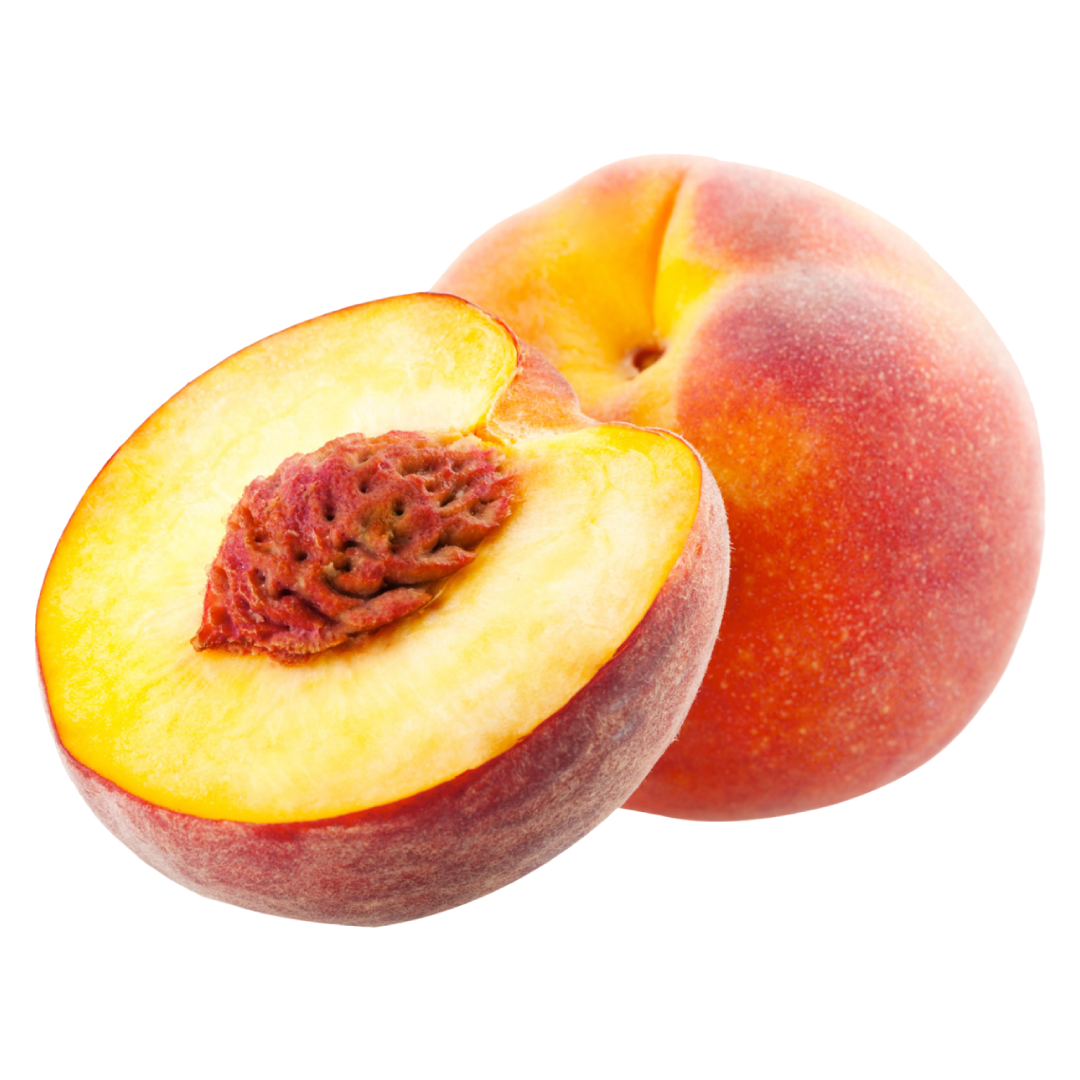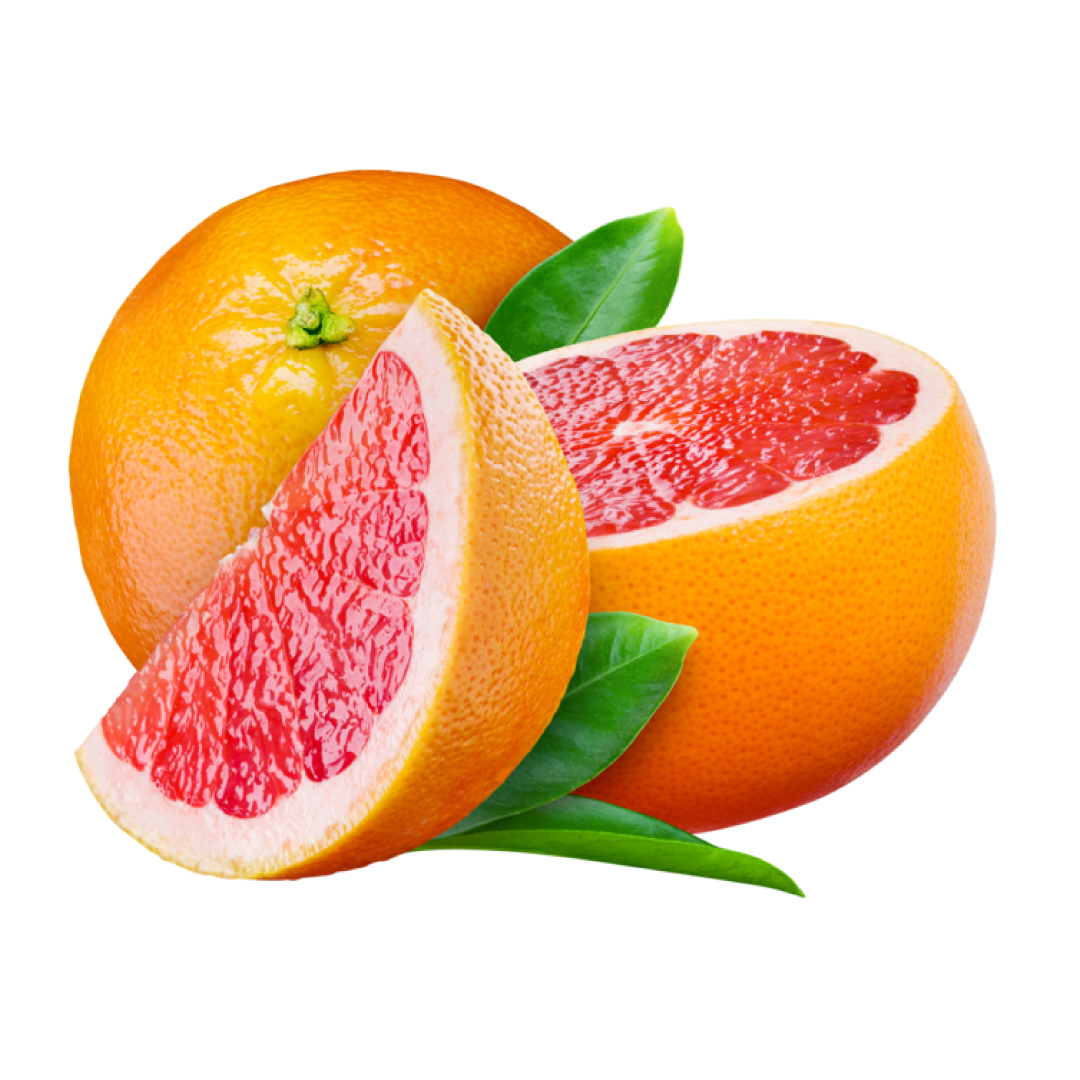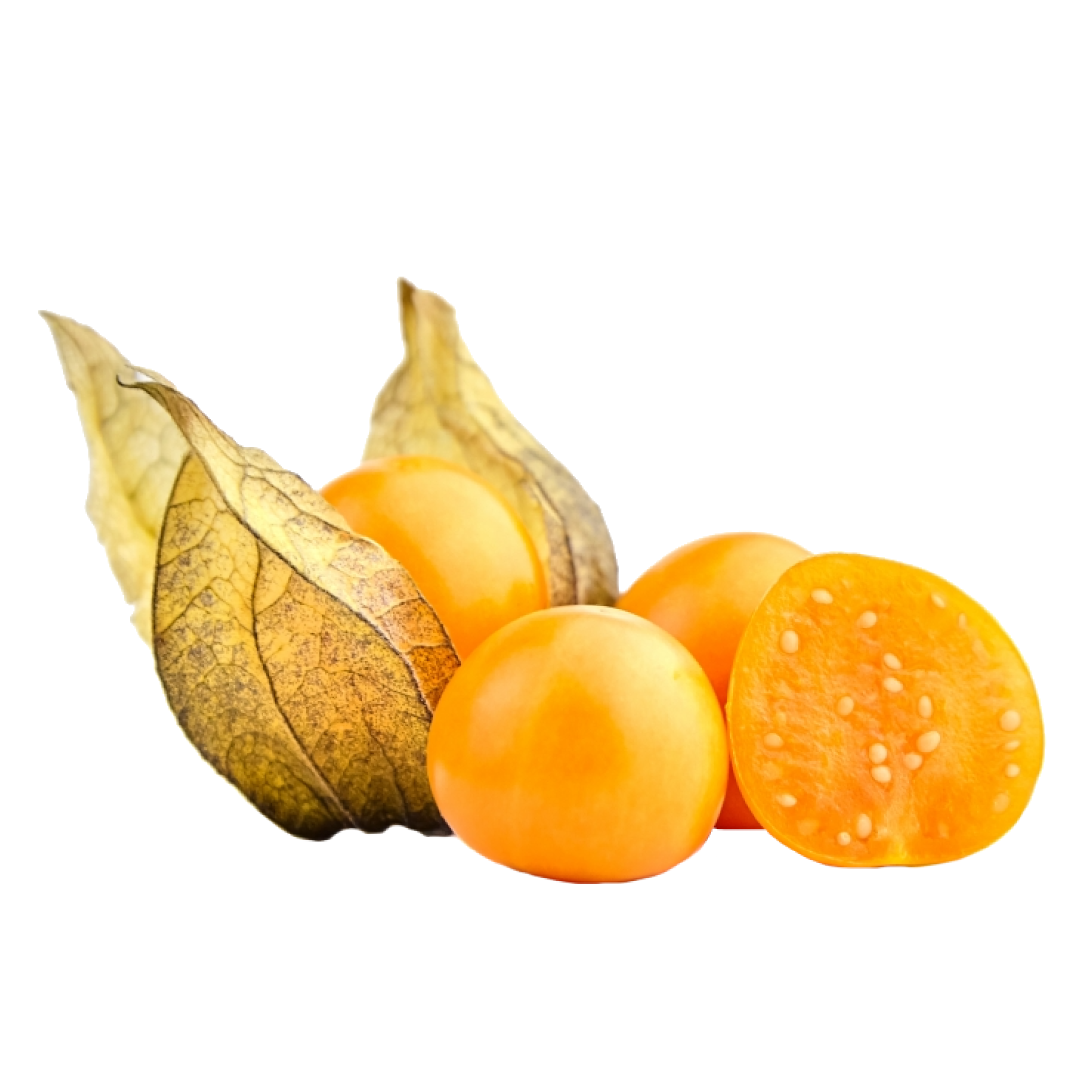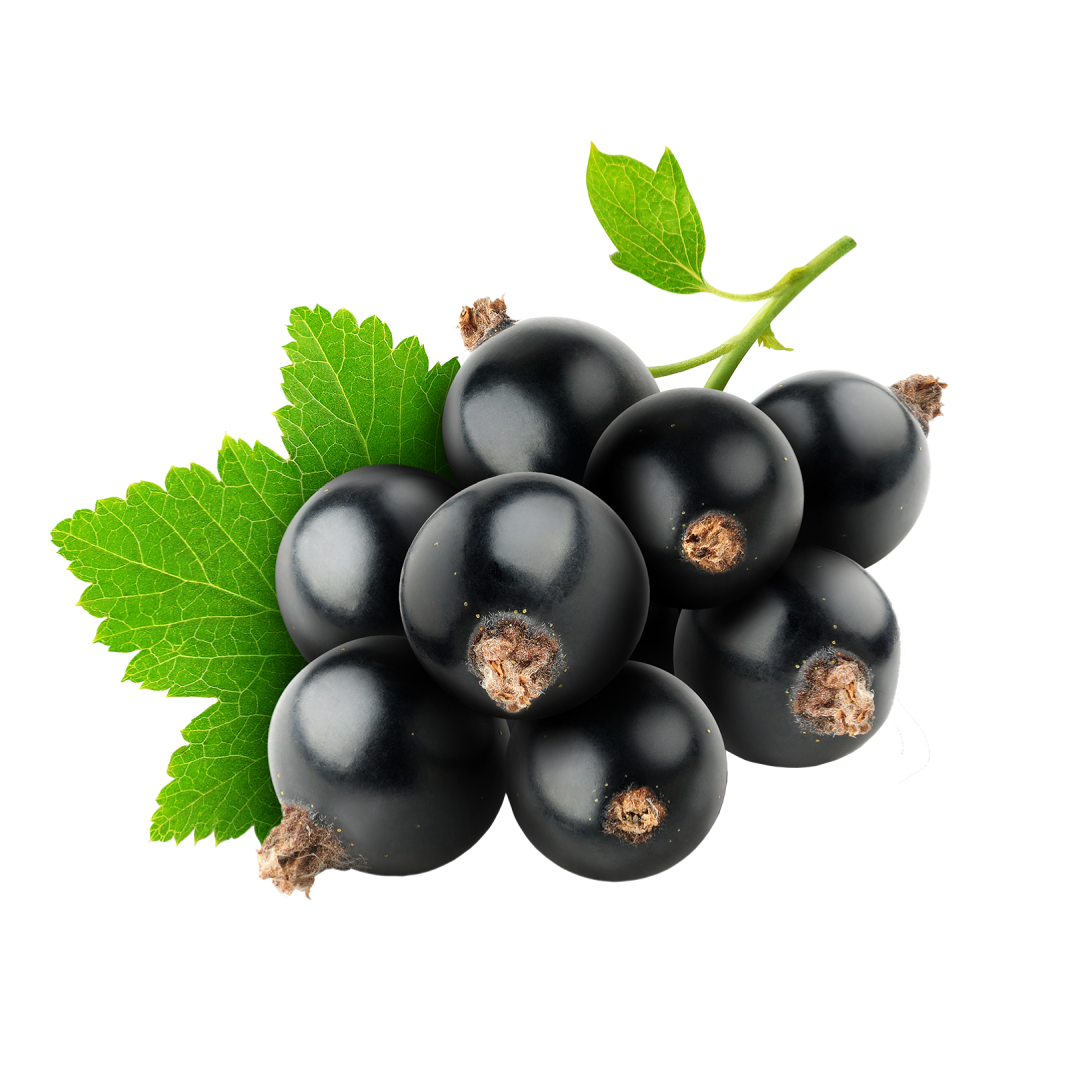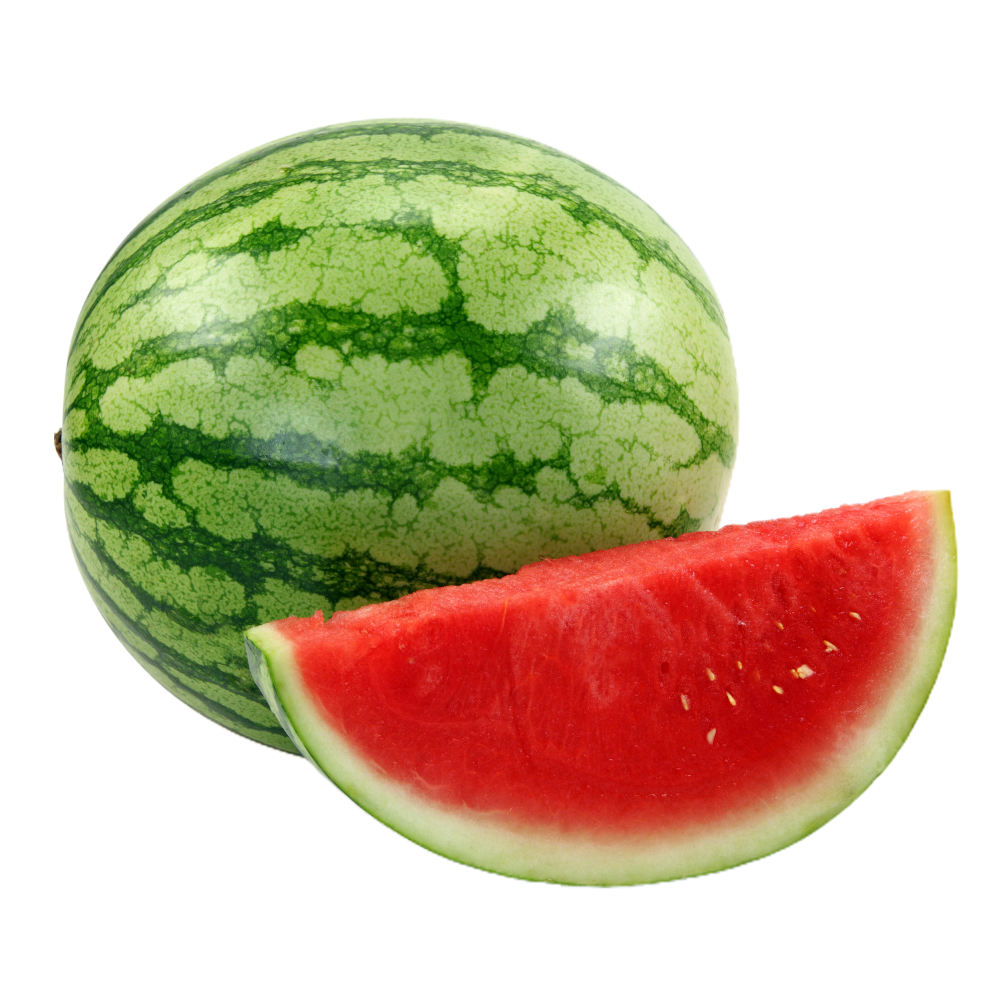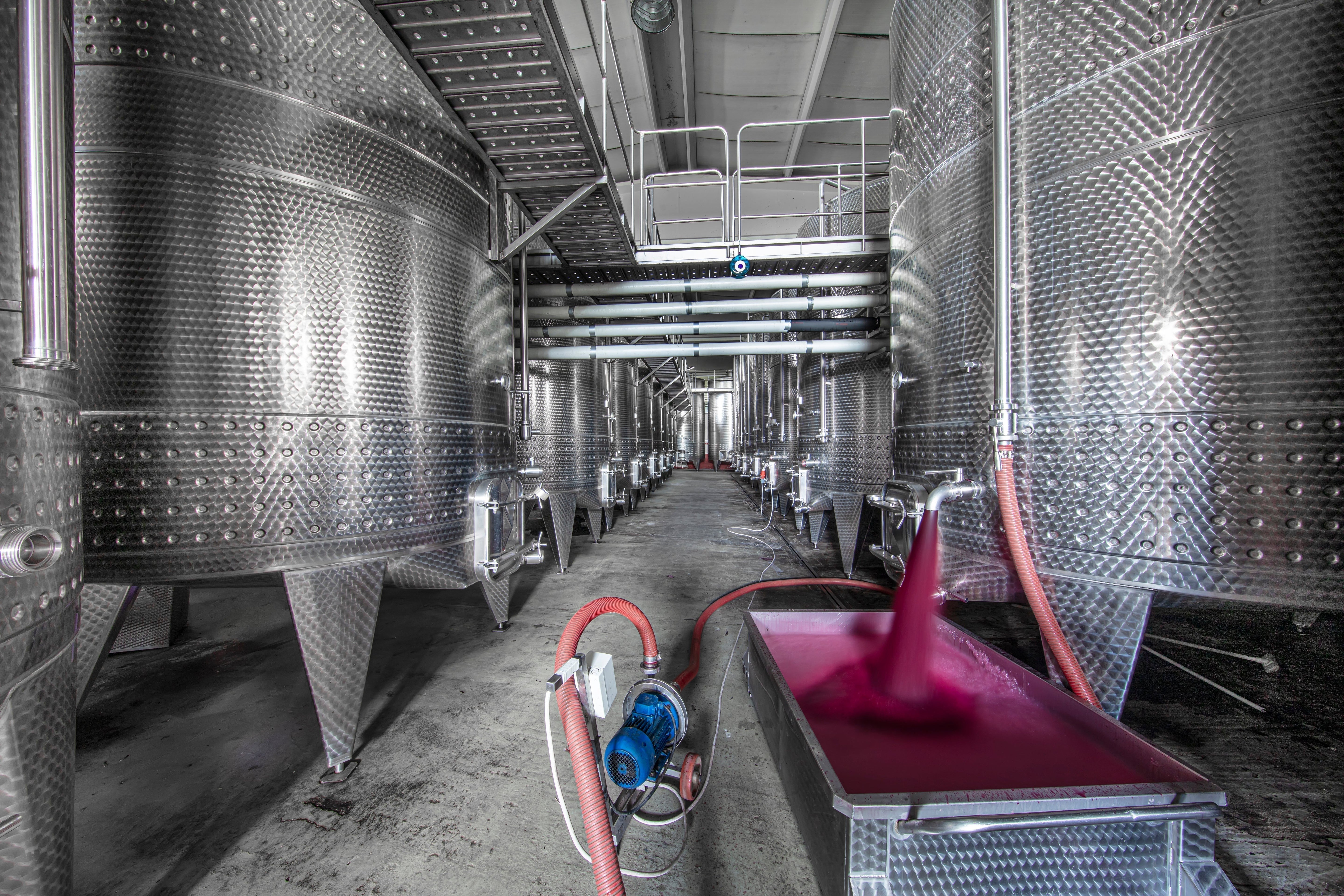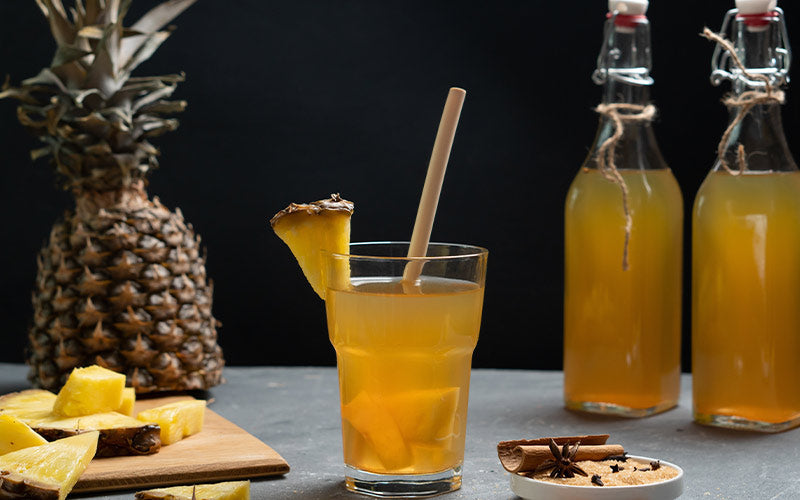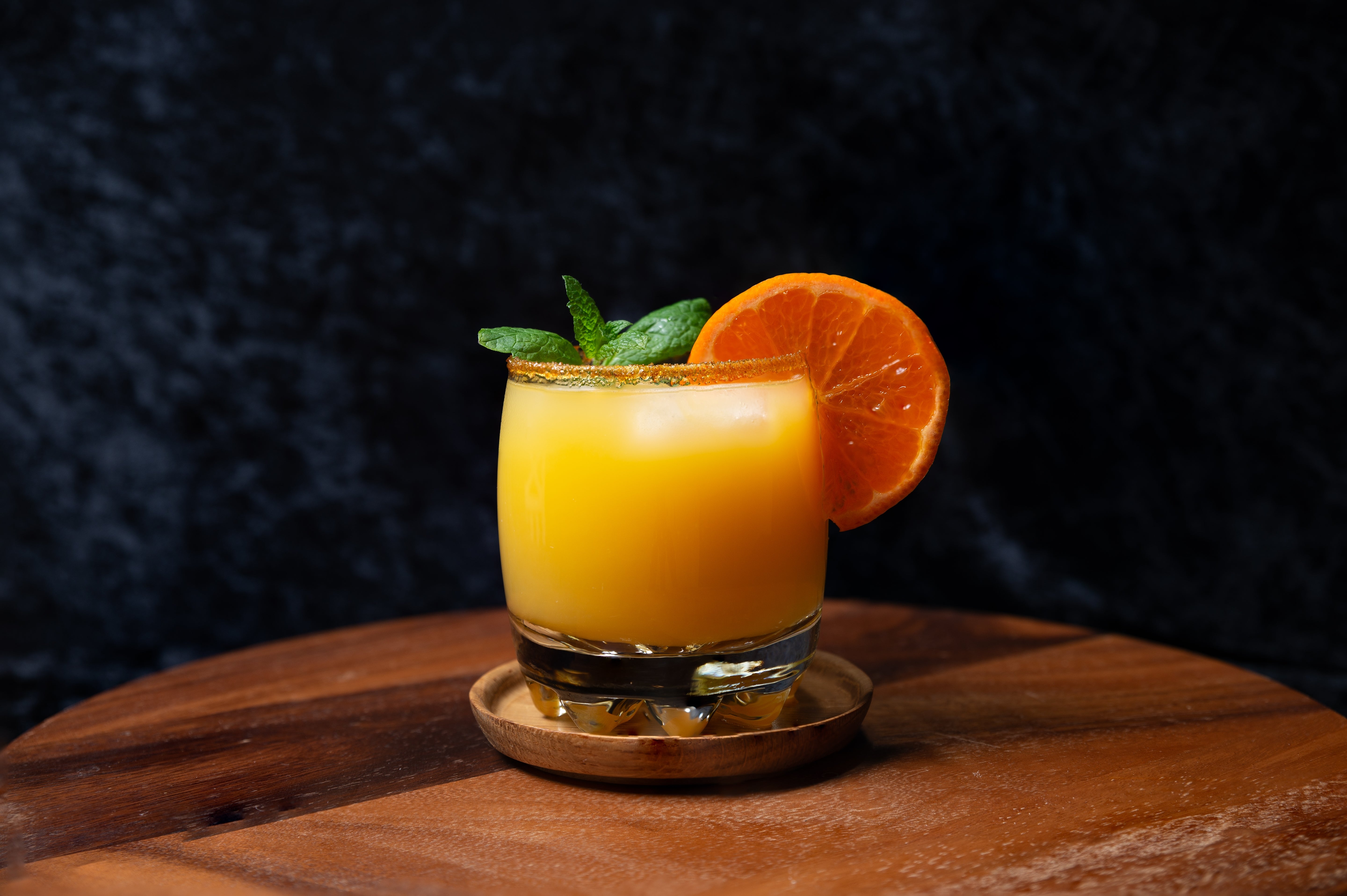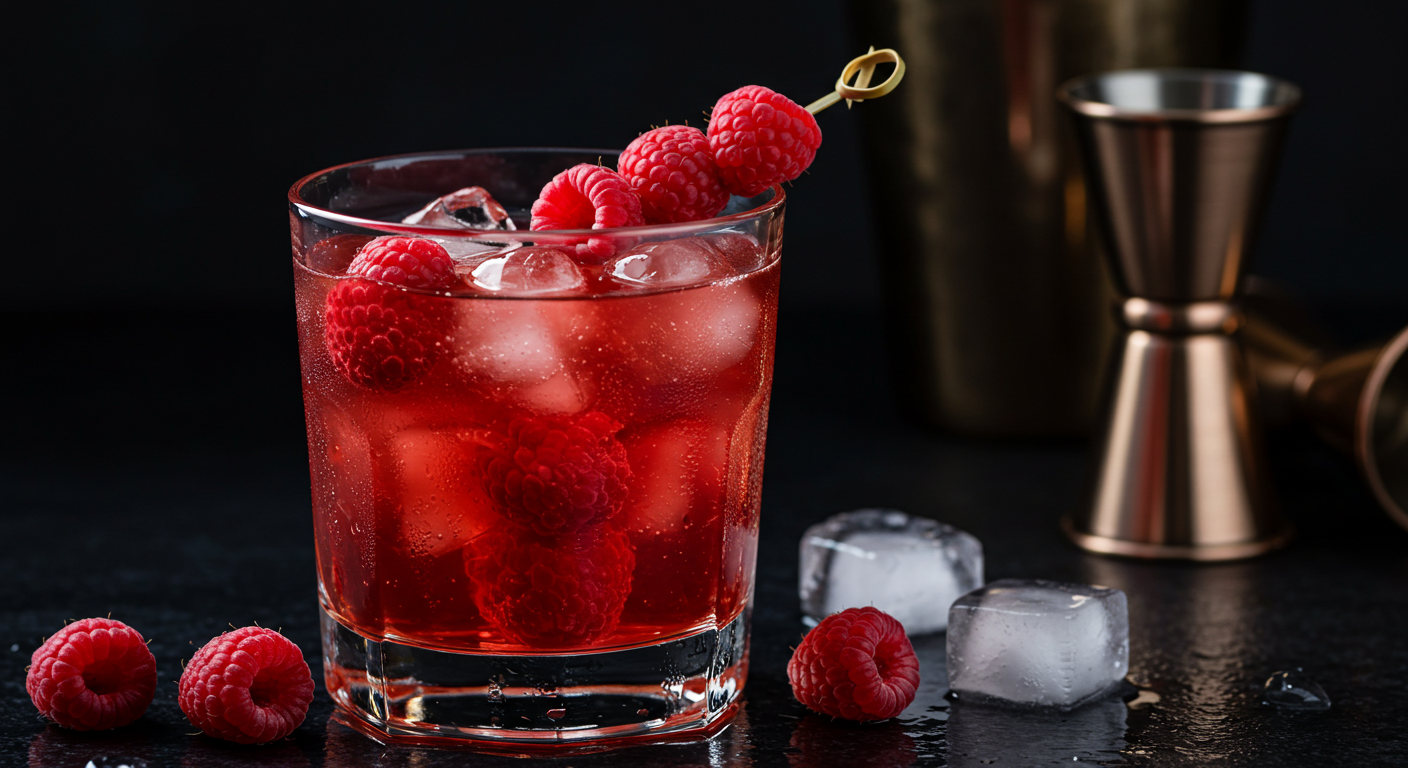In the fascinating art of craft beverages, producers always seek unique flavors. For this reason, an ancestral technique is revolutionizing the industry. We are talking about carbonic maceration. Indeed, this is a process that ferments fruit from within. Unlike other methods, this one begins transformation at the cellular level. As a result, it unlocks an intensely fruity flavor profile. It also creates an exceptionally smooth texture. Ultimately, it becomes a powerful tool for innovation.
Key Steps of Intracellular Fermentation
This method requires a careful orchestration of its conditions. Specifically, it favors enzymatic reactions over microbial fermentation.
- First, you create an anaerobic environment. You place whole clusters in a sealed tank. After that, you purge all oxygen with carbon dioxide.
- Next, intracellular fermentation begins. Enzymes inside each fruit convert sugars into alcohol. This then reaches a level of around 2% (Andrew Murray Vineyards, 2021).
- For the final step, the fruit is pressed. Then it continues with a more conventional yeast fermentation.
Certainly, this precise control allows you to direct the fruit's metabolism. You can therefore achieve flavor profiles that would otherwise be unattainable.
Keys to Successful Carbonic Maceration
Mastering this technique depends on environmental control and raw material quality. Above all, the foundation of an excellent result is fruit quality. You must use whole, intact grapes without any damage. Consequently, manual harvesting is almost always a requirement. This same principle applies if you seek to innovate with fruit and beer.
Critical Mistakes to Avoid in the Process
The technique is delicate. Its success, in fact, depends on maintaining an artificial atmosphere. Preventing these failures is fundamental to your production.
- Oxygen presence. A small leak in the tank is the most catastrophic error. It allows bacteria to enter, which produces a vinegar-like taste.
- Poor temperature control. Remarkably high temperatures, for example, create jammy flavors. If temperatures are too low, the process stalls.
- Low-quality raw material. Using damaged fruit triggers a disordered fermentation. This completely defeats the purpose of the technique.
In short, the precise management of every detail is an absolute requirement. It is essential for success in your wine production.
The Unmistakable Signature of Flavor
The reason for mastering this technique is the unique sensory profile it produces. Carbonic maceration, in fact, creates flavors that are a direct result of the transformation of the fruit. Unlike traditional fermentation, this method yields intense fresh red fruit notes. It also produces banana and bubble gum aromas. This is, of course, an unmistakable signature of the technique (Oleary, 2021).
Carbonic Maceration: Innovation and Applications beyond Wine
The adoption of this technique in various industries marks a philosophical shift. In fact, Carbonic maceration is gaining enormous popularity outside of winemaking. For example, it is used in craft beer and specialty coffee (Gould, 2021).
So then, are you ready to take your beverages to the next level? At Bierfrucht, we provide you with 100% natural and aseptic fruit purees. Discover how we can help you innovate. Visit our website today and explore our range of solutions.
References
Andrew Murray Vineyards. (2021, April 20). Deep dive on carbonic winemaking. Andrew Murray Vineyards Blog. https://www.andrewmurrayvineyards.com/index.cfm?method=blog.blogList&blogCategoryID=E330C9D1-D362-9FE1-774F-7E95806A58F5
Gould, K. (2021, August 17). The winemaking technique cult brewers use to make more complex fruit beers. VinePair. https://vinepair.com/articles/carbonic-maceration-beer/
Oleary, C. (2021, September 6). What is carbonic maceration? Rampant Wine Co. Blog. https://rampantwine.com/blogs/natural-wines-blog/what-is-carbonic-maceration
